
Canadians rethink Arizona trips
Winter getaways to Arizona used to be a favorite escape for many Canadians. But after President Trump’s harsh remarks and new tariffs, some travelers are rethinking their sunny plans. The change has turned what was once a routine seasonal tradition into a statement of national pride.
Now, what used to be a casual vacation spot feels tied to bigger political tensions. Canadians who once filled Arizona’s golf resorts and rental homes are canceling trips, choosing local adventures instead.
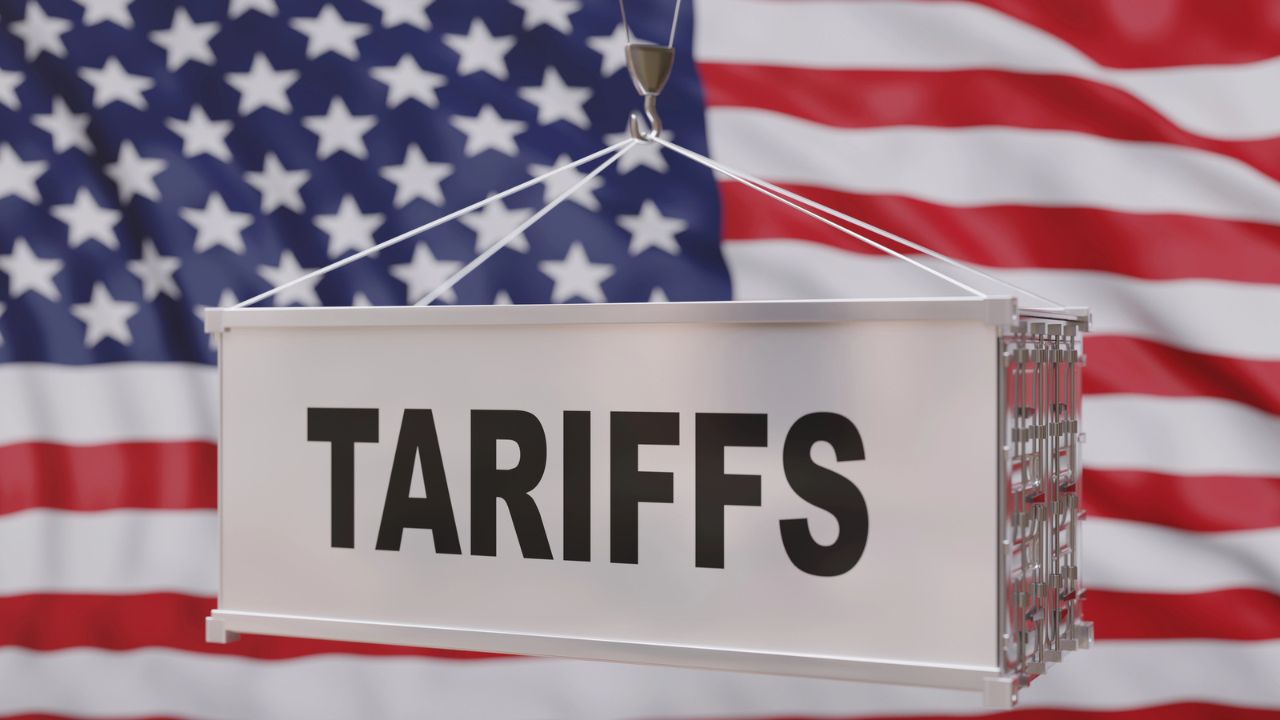
Tariffs shake up old ties
A 25% U.S. tariff on Canadian auto imports hit many businesses. The move ended decades of smooth trade that linked the two economies. It also exposed how fragile even the strongest alliances can be when politics takes center stage.
For Canadians, it felt like a sudden betrayal by a longtime partner, leading to calls for stronger national independence and less reliance on the U.S. The decision created a ripple effect across industries that once depended on predictable trade.
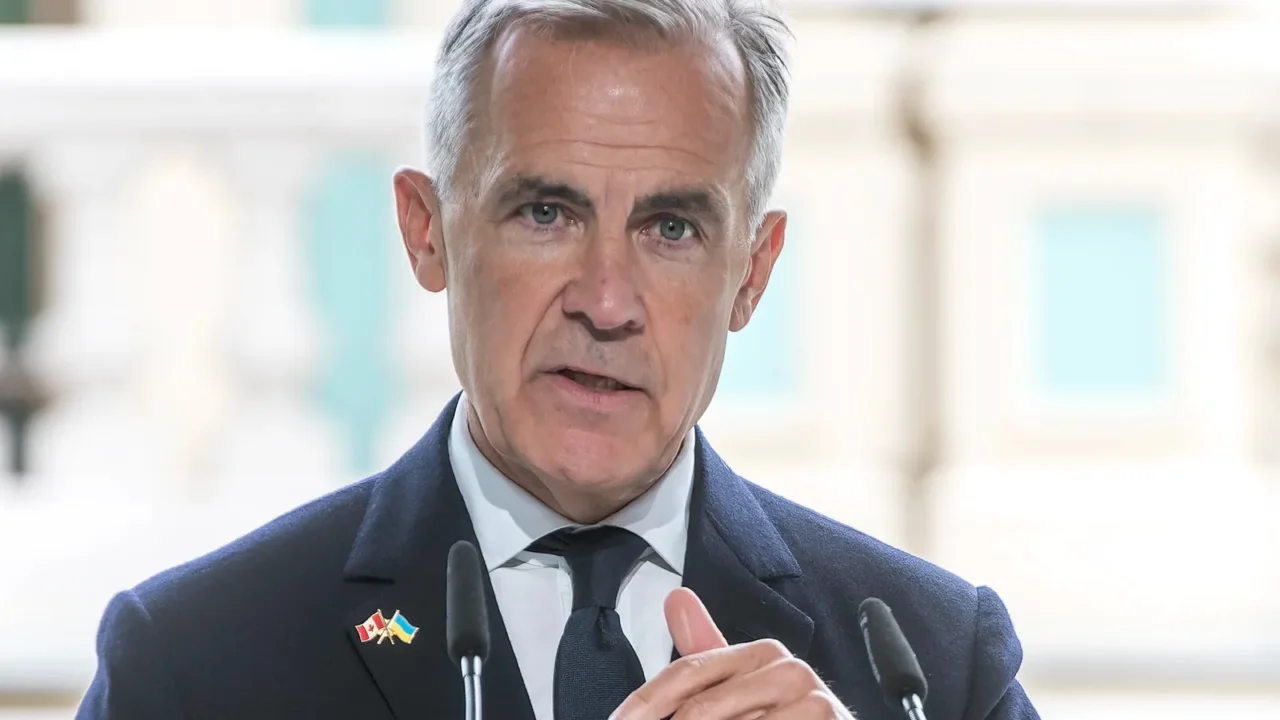
New prime minister, new path
After an upset election, Prime Minister Mark Carney took office with a bold message: Canada must “reimagine” its economy. His speech was both a warning and a rallying cry for Canadians to adapt to a new world order.
He’s pushing for unity at home, stronger European ties, and a major military boost, signaling a big shift from the past U.S.-focused strategy. Carney’s tone reflects the urgency of securing Canada’s future without leaning too heavily on old friendships.
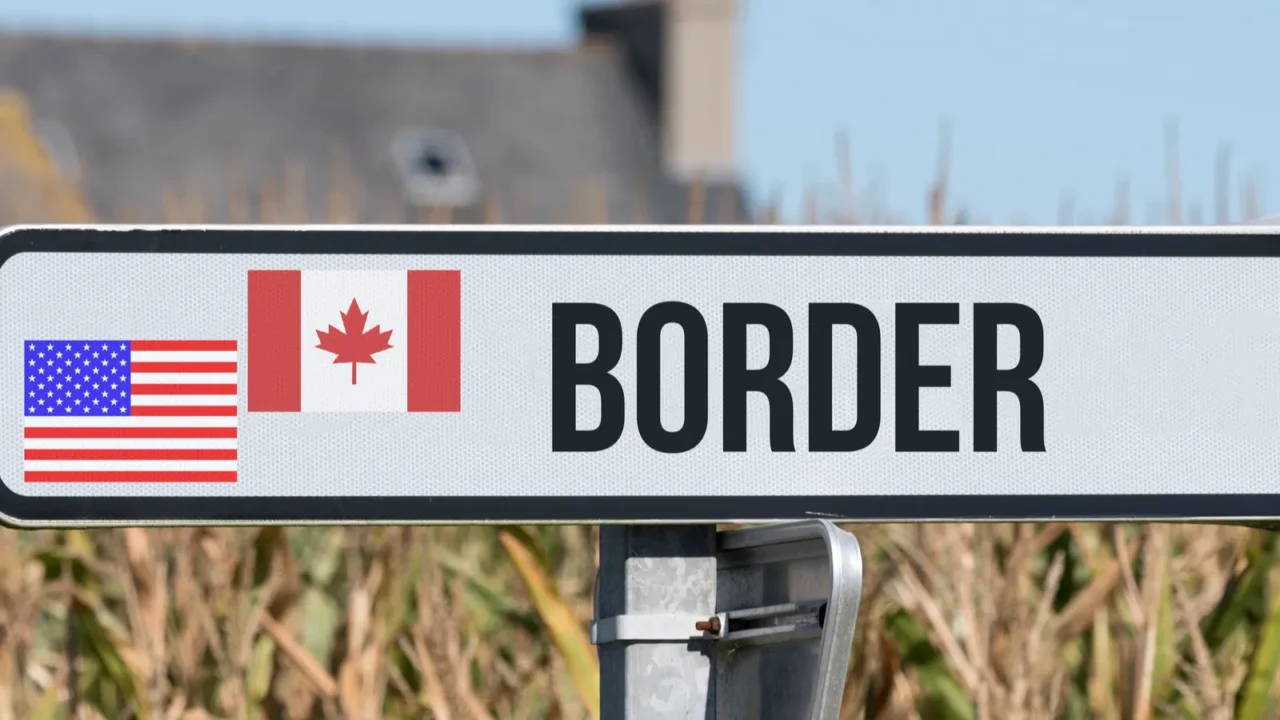
The end of business as usual
For decades, the Canada-U.S. relationship was built on trust, open borders, and easy trade. Now, that comfort is gone. Canadians are learning to navigate a new kind of uncertainty that once seemed unthinkable.
Trump’s tariffs and talk of annexation forced Canadians to face a new reality, one where they can’t always count on their southern neighbor. The change feels like a wake-up call that loyalty in politics is never guaranteed.

Economic hits close to home
The auto industry took the hardest hit, affecting over 500,000 Canadian workers. Plants slowed, costs rose, and supply chains scrambled. The shockwaves spread quickly, touching everything from small suppliers to shipping companies.
Families across Ontario and Quebec began to feel the impact, making this not just a trade issue, but a household concern. Many feared layoffs and wage cuts as factories adjusted to new costs.

“Buy Canadian” gets real
In response, Canadians turned frustration into action with strong “buy local” campaigns. What started as a patriotic movement quickly became a national habit.
Shoppers started choosing homegrown products over U.S. brands, a move that not only sent a message but also strengthened community pride. Local businesses saw fresh support as people realized the power of keeping money in their own economy.

Vacation plans get political
Travel once felt separate from politics, but not anymore. Many Canadians canceled U.S. vacations in protest of tariffs and insults. For the first time in years, travel choices became a way to express national loyalty.
Arizona, once a top winter retreat, saw slower bookings as travelers opted for Europe or local destinations instead. Even airlines and tour operators noticed the sudden shift in traveler sentiment.
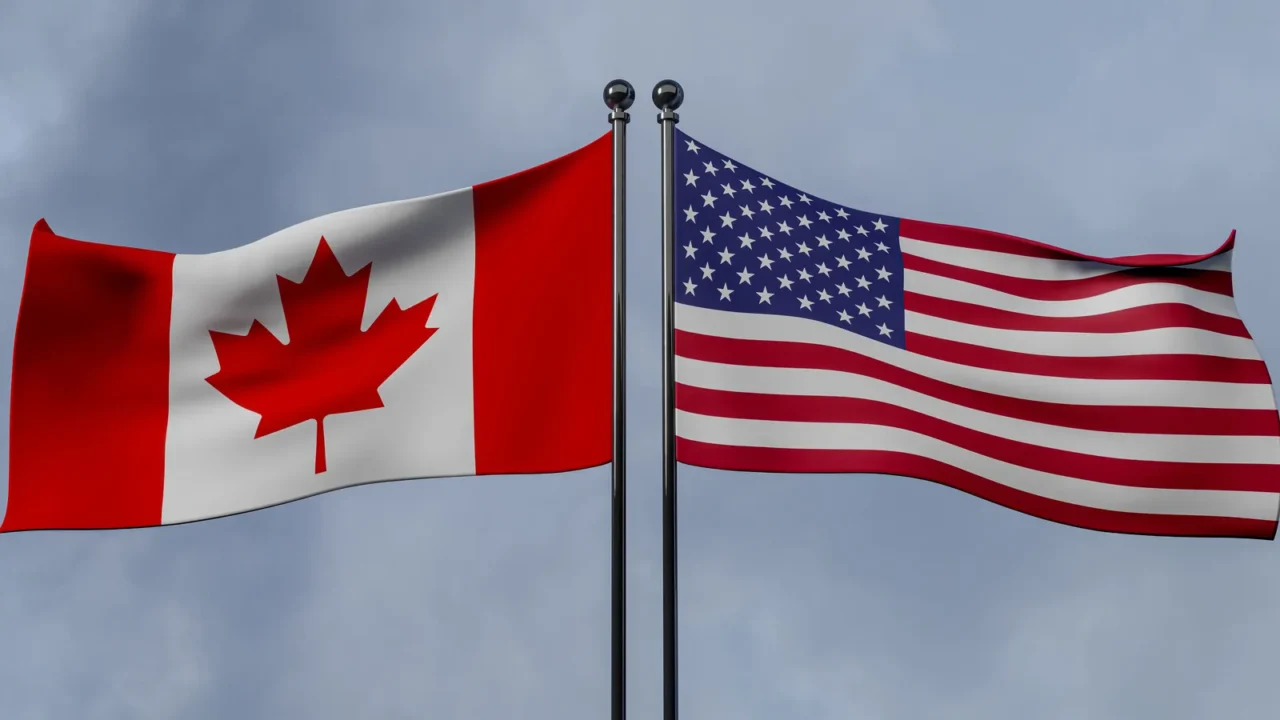
Voices of frustration grow
Public opinion shifted sharply after the tariffs and comments. Street protests and social media campaigns showed a unified anger. The outrage reflected a deep disappointment in how quickly relations had unraveled.
Canadians viewed Trump’s words and policies as unfair, leaving many questioning whether the “friendly neighbor” image could ever return. The emotional toll of this shift was as real as the economic one.
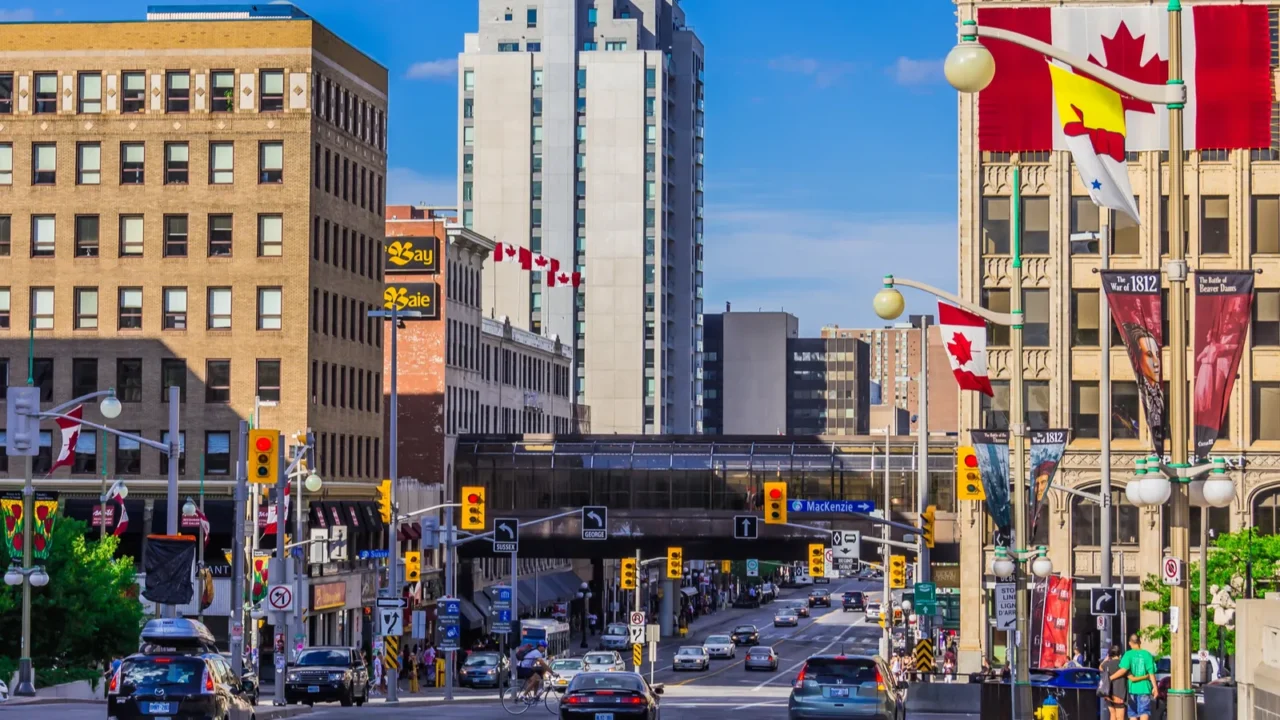
Canada strikes back
Ottawa answered with tariffs of its own, 25% on U.S. goods worth CA$155 billion. It was a firm message that Canada was done playing second fiddle.
It wasn’t just symbolic; it was a strong economic pushback meant to show the U.S. that Canada wouldn’t back down quietly. The move won public support at home and proved that Canada could hold its own in a trade fight.

Turning toward Europe
As trust with the U.S. faded, Canada began strengthening trade deals with Europe. The shift aimed to open new markets and reduce exposure to U.S. volatility.
From manufacturing to tech, these new partnerships aimed to replace what was lost, giving Canadian businesses new markets and fresh opportunities. It’s part of a broader effort to rewrite Canada’s global economic story.

Military focus ramps up
Beyond trade, Canada decided to invest more in its defense system. The new funding is seen as both practical and symbolic, showing readiness in uncertain times.
The plan reflects a growing sense that the world’s stability, and Canada’s security, can’t rely on old alliances anymore. Stronger defense ties with Europe could help Canada take a more active role globally.

Tourism ripple effects
Arizona’s tourism industry, especially in snowbird-heavy spots like Mesa and Scottsdale, felt the change. Businesses that depended on Canadian travelers began offering deals to win them back.
Hotels and golf resorts that once welcomed thousands of Canadians each winter started noticing cancellations and lower seasonal numbers. The loss highlighted how much international politics can influence local economies.
See which U.S. states are taking the biggest hit as Canadians change their travel plans.
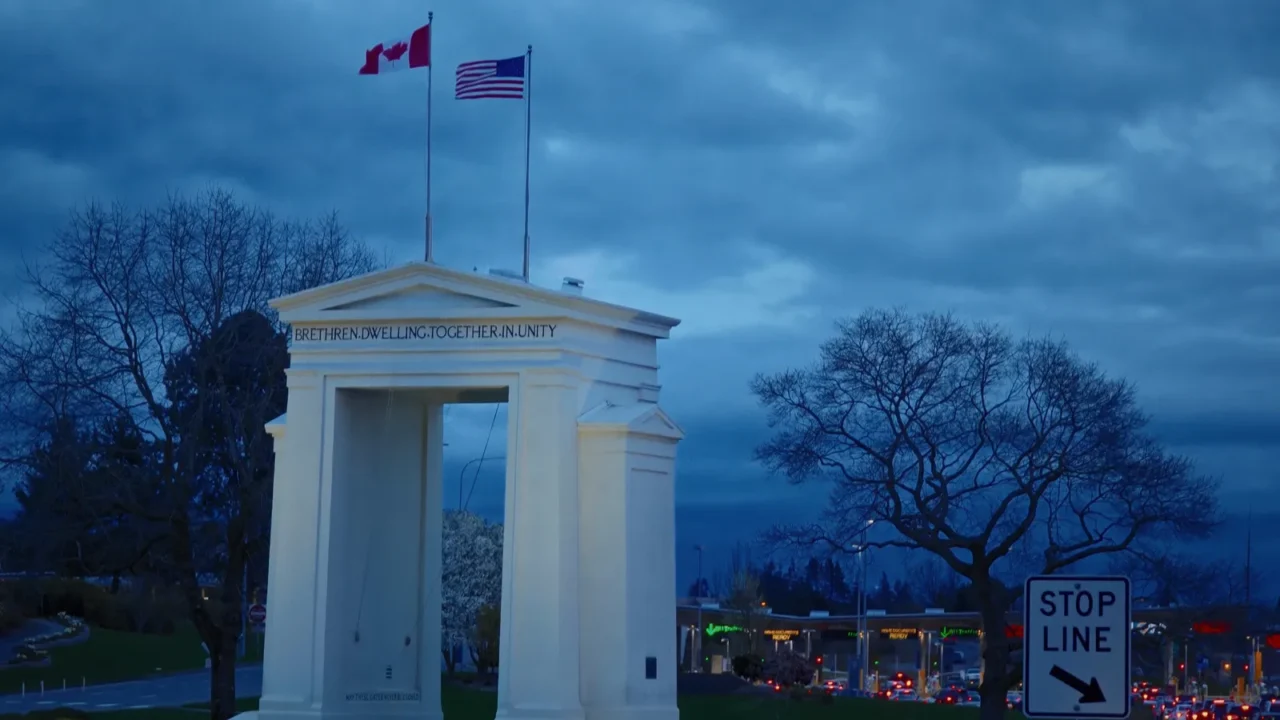
Negotiations still on edge
By late 2025, talks between Canada and the U.S. continued, but with little progress. Each side publicly called for fairness but privately held firm to its demands.
Canada eased some tariffs but kept others on autos and metals, signaling that full trust wasn’t returning anytime soon. The back-and-forth reflects how complicated rebuilding this relationship has become.
Find out which major U.S. airports are back on Air Canada’s map, and what this means for travelers on both sides of the border.
Do you think Canada should keep standing its ground or work to mend ties with the U.S.? Share your take in the comments.
Read More From This Brand:
- Hidden places that reveal the real story of these cities
- The happiest U.S. cities to live in, according to a new study
- 12 underrated U.S. cities ideal for a fall weekend trip
Don’t forget to follow us for more exclusive content right here on MSN.
This slideshow was made with AI assistance and human editing.